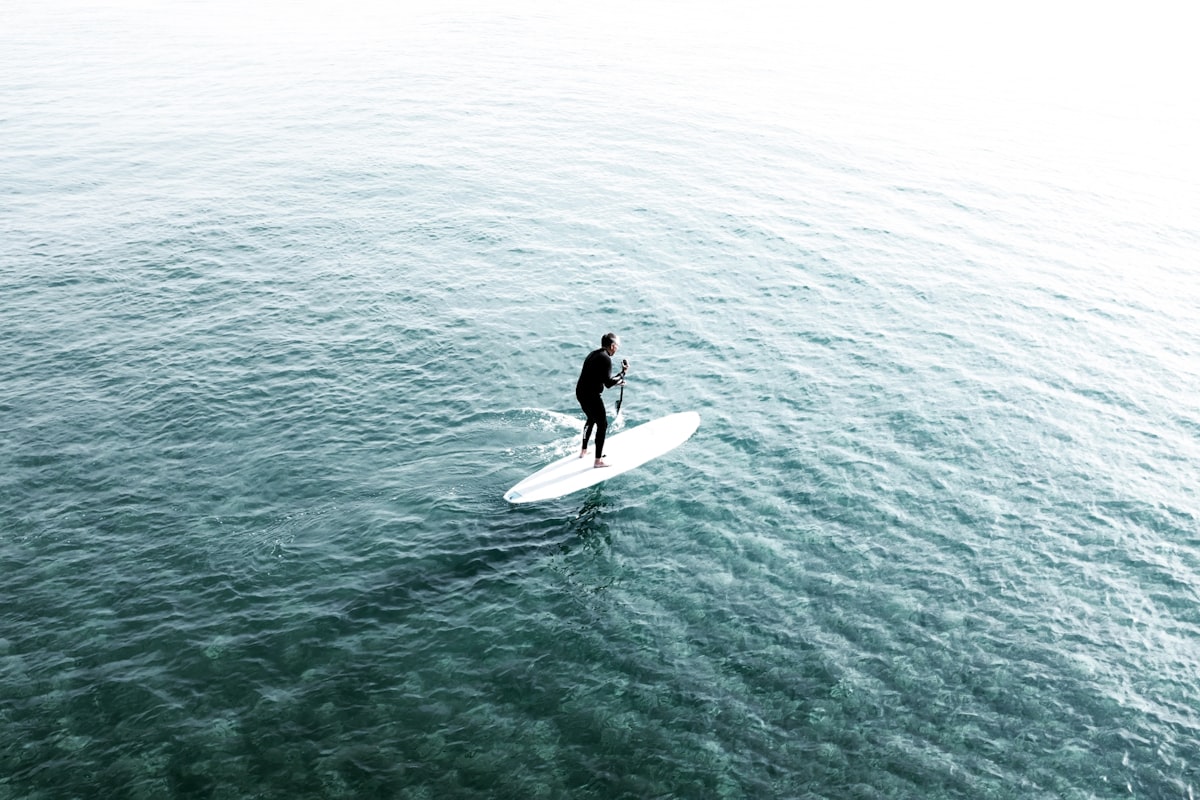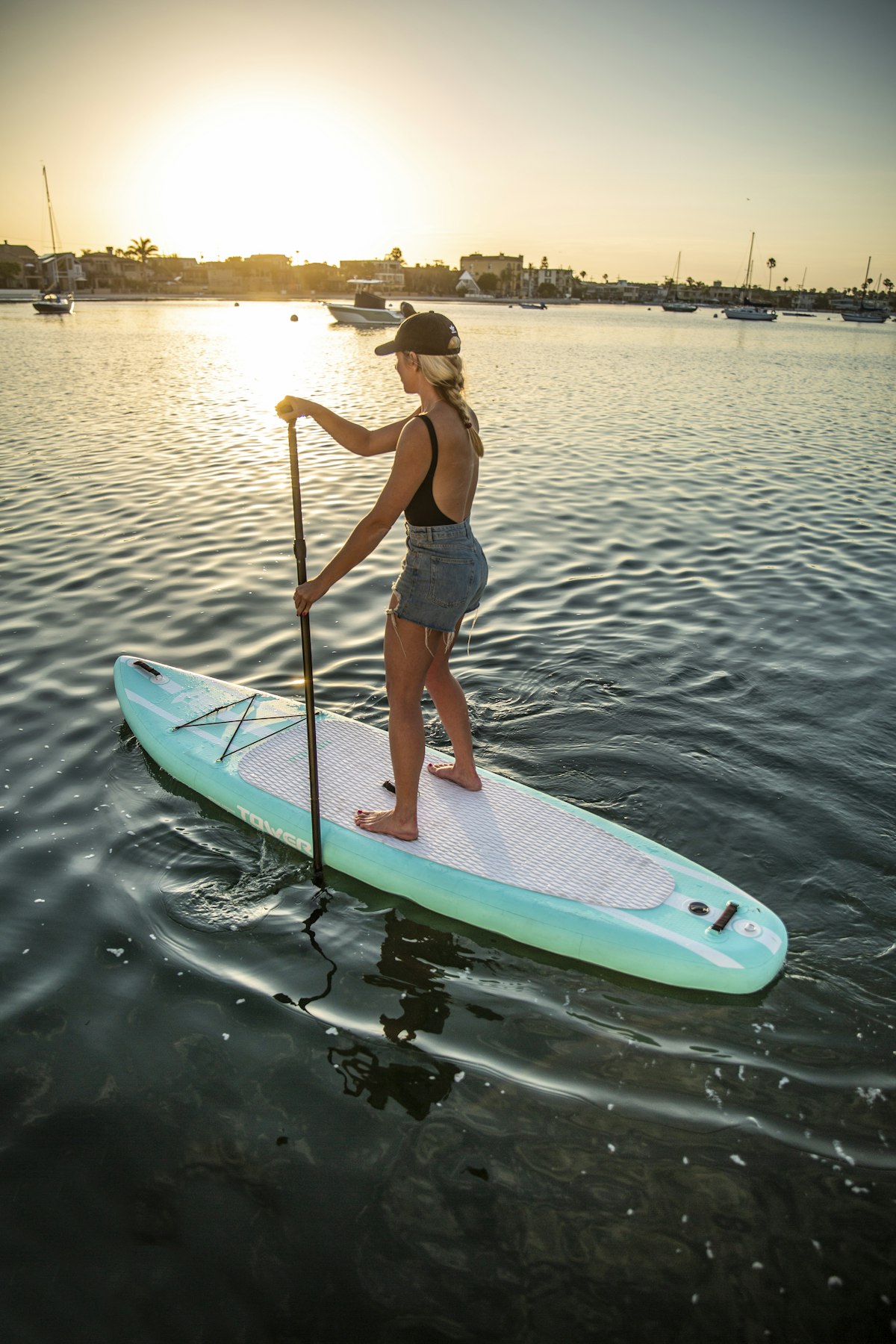
In the world of water sports, paddle boarding has become increasingly popular due to its accessibility and the enjoyable workout it provides. However, there is often confusion surrounding the terminology used, particularly when differentiating between a ‘paddle board’ and a ‘SUP’. In this article, we will clarify these terms and explore the nuances that distinguish them.
Firstly, it is essential to understand that SUP stands for Stand-Up Paddleboarding. This term refers to both the activity and the equipment used. A SUP, or Stand-Up Paddleboard, is a specific type of paddle board designed for standing up while paddling. SUPs are generally longer, wider, and more buoyant than traditional paddle boards, which allows for greater stability and ease in maintaining balance.
Paddle boarding, on the other hand, is a broader term that can refer to any board activity where a paddle is used to move across the water. This includes SUP, but also encompasses other styles such as kneeling or lying down on the board. Traditional paddle boards, often used in surfing, are usually shorter and narrower than SUPs and are designed for different handling characteristics suitable for waves.
The construction of SUPs also sets them apart from other paddle boards. They are typically built with a foam core wrapped in fiberglass or epoxy, which makes them durable and lightweight. Some SUPs also feature an inflatable design, which is ideal for storage and transport. These inflatable boards are made from high-grade PVC and can be deflated for easy carrying.
In terms of use, SUPs offer a versatile platform for a variety of activities beyond just paddling. Many people use SUPs for yoga, fishing, and even racing. The stability and large surface area of the board make it suitable for these activities, providing a solid base that traditional paddle boards do not.
To summarize, while all SUPs are paddle boards, not all paddle boards are SUPs. The term ‘paddle board’ can refer to any board used with a paddle, while ‘SUP’ specifically refers to a stand-up paddle board designed for standing and paddling. Understanding these distinctions will help you better navigate the world of paddle sports and choose the right equipment for your needs.
Whether you are a seasoned paddler or a newcomer to the sport, recognizing the difference between a paddle board and a SUP can enhance your experience on the water. So next time you hit the beach or a lake, you’ll know exactly what type of board suits your adventure best.
Recommended SUP Gear
GYMMALL Inflatable Paddle Board
Complete SUP package for all skill levels.
FunWater Inflatable SUP
Ultra-light board with all accessories included.
As an Amazon Associate, we earn from qualifying purchases.





Leave a Reply